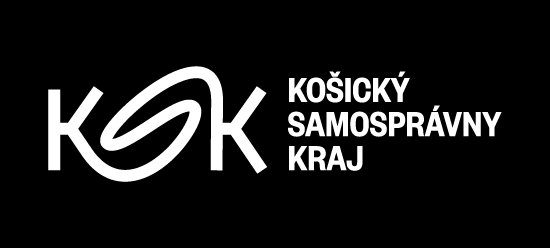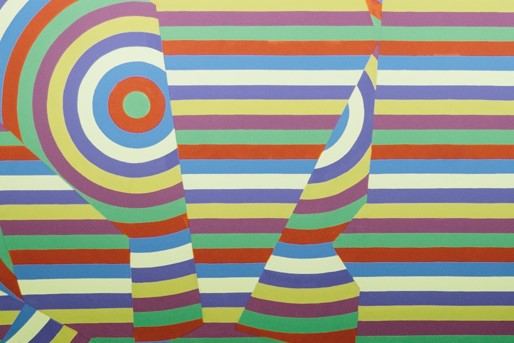opening: 23. 3. 2016, 5 p.m.
duration: 24. 3. 2016 – 24. 5. 2016
curator: Gabriela Garlatyová
East Slovak Gallery, Hlavná 27
Štefan Balázs is one of the representatives of geometric abstract painting, more precisely painting, which is structured as a conceptually modeled process.
The exhibition is the first author's exhibition by Štefan Balázs in Košice, who works in Rimavská Sobota and Banská Bystrica (Academy of Arts). It presents his current work by selecting paintings from the last 5 years. It contains a set of large-scale acrylic paintings and study drawings, in which rationality is connected with processuality, a constructivist form with memory and a reference to the civilizational heritage. Balázs examines the potentiality of a linear structure as a minimal form with full color as the equivalent of the totality of perception and existence of the world. Cultural references to the process of image formation are found in the subsoil of the Far Eastern and Euro-American way of visual thinking. The title Finding a Circle is based on Balázs's previous research into the phenomenon of the formation of a circle, its disintegration, folding and finding various shape possibilities. It is an artistic analysis that refers to early modernity and its way of finding a new language and function of painting. Štefan Balázs uses theories of vision and perception as well as knowledge from the theory of color and through these linguistic and visual analyzes he creates painterly attractive large-format paintings.
Štefan Balázs is based on figural expressive painting of the 80's, which was presented at the group exhibition Expressive History in the curatorial conception of Richard Gregor in 2011 at UBS Bratislava. It was followed by author exhibitions at the House of Art and the Kressling Gallery in Bratislava, accompanied by a monographic catalog, which presented his work in decimal divisions in the selection of Jiří Valoch, who focused on the conceptual qualities of his painting and the theme of geography. circle. Using the concept of a circle, Balázs focuses on depictions of creatures and models of the world, which are conveyed to him by schemes of mandalas, zodiac signs, architectural floor plans, e.g. sacral spaces, but also topographies and maps of countries and places of interest to mystical and mysterious localities such as staged gardens, labyrinths, forbidden and unknown, but also forgotten and extinct cities - these are the theme of the current exhibition.



